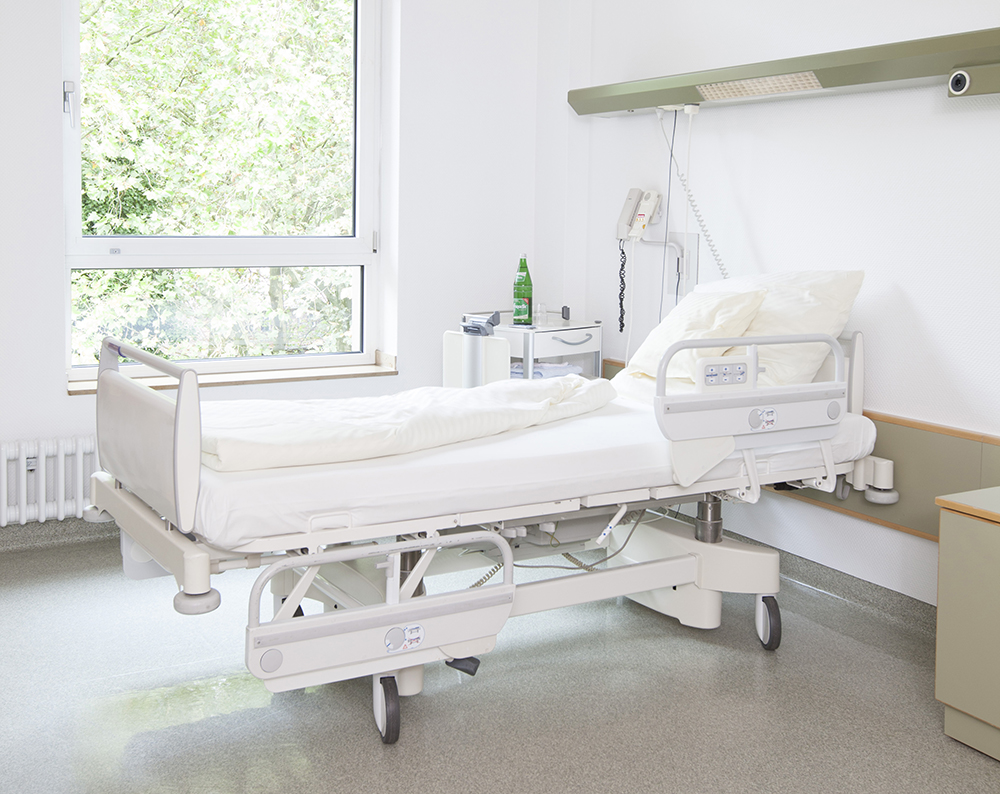
The CDC recommends an environmental checklist of a variety of high-touch room surfaces that should be monitored after terminal cleaning of patient rooms.1,2 The CDC defines these surfaces as “sites most frequently contaminated and touched by patients and/or healthcare workers.”2
While you are likely aware of this potential for cross-contamination from these high-touch surfaces, including bed rails, call boxes, light switches, and doorknobs, we have found that these high-touch surfaces are actually often not the worst offenders when it comes to residual contamination following terminal cleaning. Perhaps this is due to the increasing awareness of these sites as being high-touch surfaces. But, there are other patient room surfaces commonly showing residual contamination that may surprise you.
ATP cleaning monitoring is one way of monitoring patient room terminal cleaning. The 3M™ Clean-Trace™ ATP Monitoring System uses ATP bioluminescence technology to “see” contaminants. When ATP is combined with the reactants in the Clean-Trace test, light is produced that can be easily read by the Clean-Trace Luminometer. The results are expressed in Relative Light Units (RLU), which are representative of the amount of clinical soil on the surface.
By anonymously aggregating the Clean-Trace system’s ATP environmental surface testing across the United States since 2018 (January 2018 through September 2019), we were able to identify the following top four contaminated room surface offenders:
- Electrocardiogram (EKG/ECG) lead wires: 14% above threshold
- Pulse oximetry equipment (including finger clip and cables): 15% above threshold
- Chair arm rests (including the arm rests of patient chairs, breastfeeding chairs, and visitor chairs): 25% above threshold
- Cables (non-designated patient monitoring cables): 26% above threshold
The top 4 offenders were defined as those where more than 10% of the time that these touch points were tested with the Clean-Trace system, the results were higher than the facility’s predetermined ATP pass/fail threshold of 250 Relative Light Units (RLU).
So the next time you rest your hand on a chair arm rest, connect a reusable ECG lead wire, or clip a pulse oximeter onto a patient’s finger, think twice about the potential for cross-contamination from those surfaces. Could those items be single-patient-use? And, consider how proper hand hygiene protocol plays into every surface you come in contact with.
References:
1 Guh, A, Carling PC and Environmental Evaluation Workgroup. Options for Evaluating Environmental Cleaning. Dec 2010. https://www.cdc.gov/hai/toolkits/evaluating-environmental-cleaning.html [Accessed November 8, 2019]
2 CDC Environmental Checklist for Monitoring Terminal Cleaning. https://www.cdc.gov/hai/pdfs/toolkits/Environmental-Cleaning-Checklist-10-6-2010.pdf [Accessed November 8, 2019]
